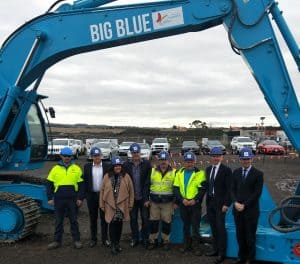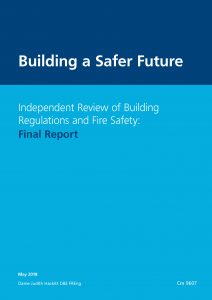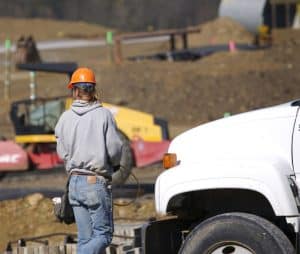 A SafetyAtWorkBlog reader emailed me this question:
A SafetyAtWorkBlog reader emailed me this question:
“does a loss of shift due to fatigue equal a Lost Time Injury?”
My standard response is “why not?”
This type of LTI (Lost Time Injury) issue is one that will become increasingly common as the occupational health and safety (OHS) prominence of wellness and work-related psychological health and safety Continue reading “Does a loss of shift due to fatigue = a Lost Time Injury?”




 The
The  In 2015, the Australian Building and Construction Commission (ABCC) took
In 2015, the Australian Building and Construction Commission (ABCC) took